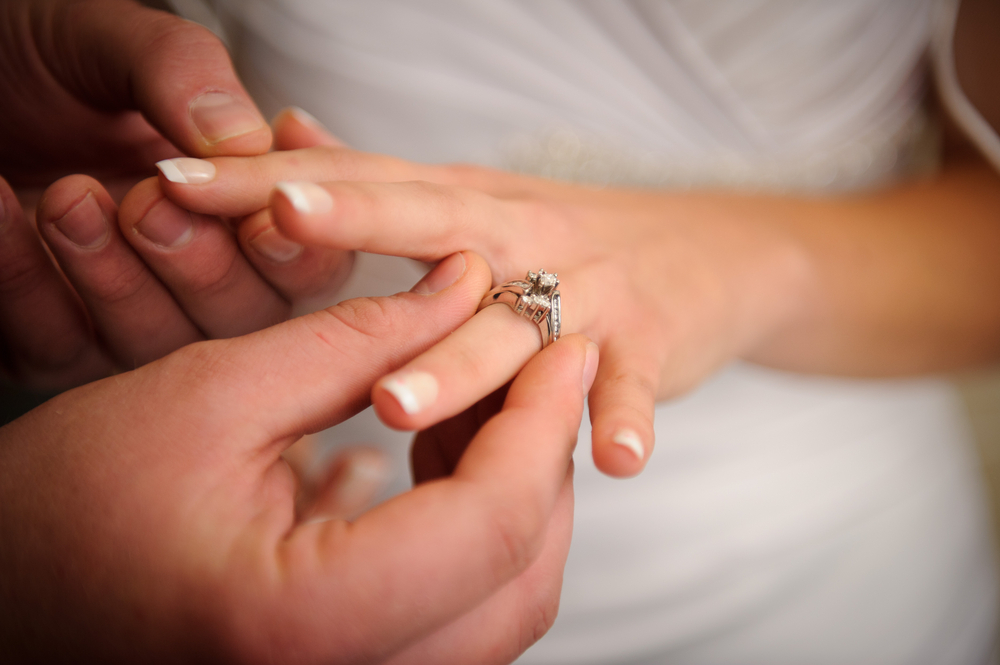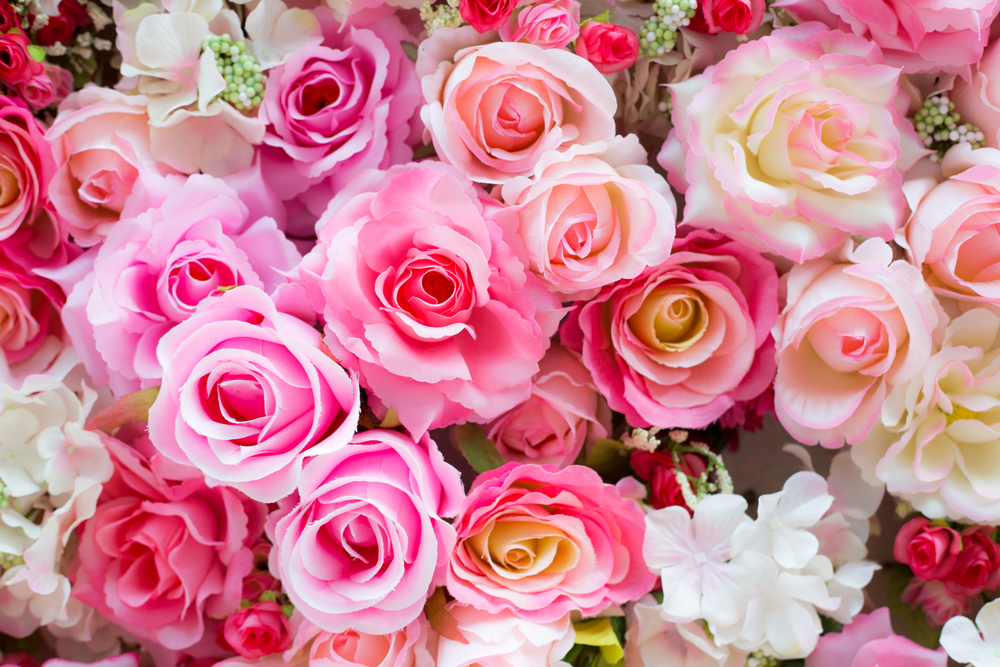Breaking
Valentine’s Day: Traditions Around the World
It’s that time of year again when we celebrate romantic love.
On Valentine’s Day, we find ourselves getting the best bargain of flowers, chocolates, cards, teddy bears and other exciting gifts; making reservations in fancy restaurants or preparations for a secluded getaway; or simply scouring the internet for new surprise ideas this year – all to make our loved ones feel special.
Contrary to the ordinary, some countries commemorate the day through other means as they observe cultural customs while celebrating the season of love.
Philippines: Mass Marriages
In the whole month, Filipinos take the time to tie the knot. There are the “mass marriages,” where hundreds of couples around the country simultaneously say their vows. The local governments arrange these ceremonies for unwed couples who could not afford the costs that weddings entail.
Taiwan: Color-coded Roses
On this day, Taiwanese men purchase expensive bouquets of roses for their paramours. The color and number of the roses have varied meanings. One red rose is for “an only love;” ninety-nine roses is for “forever;” and one hundred eight roses is for “marry me.”
Japan: Chocolates
It’s the other way around here; Japanese women are the ones who give chocolates to their boyfriends, dates, friends and even bosses as an expression of either love, courtesy or social obligation. After a whole month, Japanese men take their turn to reciprocate the gifts by giving something color white like chocolates, jewelries and even lingerie to women.
Scotland: Festivals and Love-tokens
The day is celebrated with a festival where single men and women write their names on pieces of paper and place them in hats, one hat for the men and another for the women. Each then draws names from the hats. The group would then split into couples and end the day with dancing. The men would also give gifts to women in the form of a “love-token.”
Wales: Love Spoons
On this day, Welsh men give love spoons – an age old tradition where men carved intricate designs on wooden spoons and presented them to women they sought to court or marry. The designs they carved were symbolic; keys signified a man’s heart, wheels his hard work, and beads his preferred number of children.
Denmark: Snowdrops and Gaekkebrev
Instead of the usual red roses, Danish give “snowdrops” or pressed white flowers and “gaekkebrev” or anonymous handwritten letters in intricately cut papers to their sweethearts.
Estonia: Friend’s Day
Aside from couples celebrating Valentine’s Day, Estonian families and friends also enjoy the “Sõbrapäev” or Friend’s Day. This is double-celebration an effort to include non-romantic relationships in the festivities.
England: Jack Valentine
Aside from the traditional practices, the Englishmen also have “Jack Valentine” sometimes also known as Old Father Valentine or Old Mother Valentine who sneaks in children’s rooms on Valentine’s Eve and leaves candies and presents. For generations, parents continue this tradition as kids waited anxiously for Jack Valentine.
*All photos from ShutterStock






























